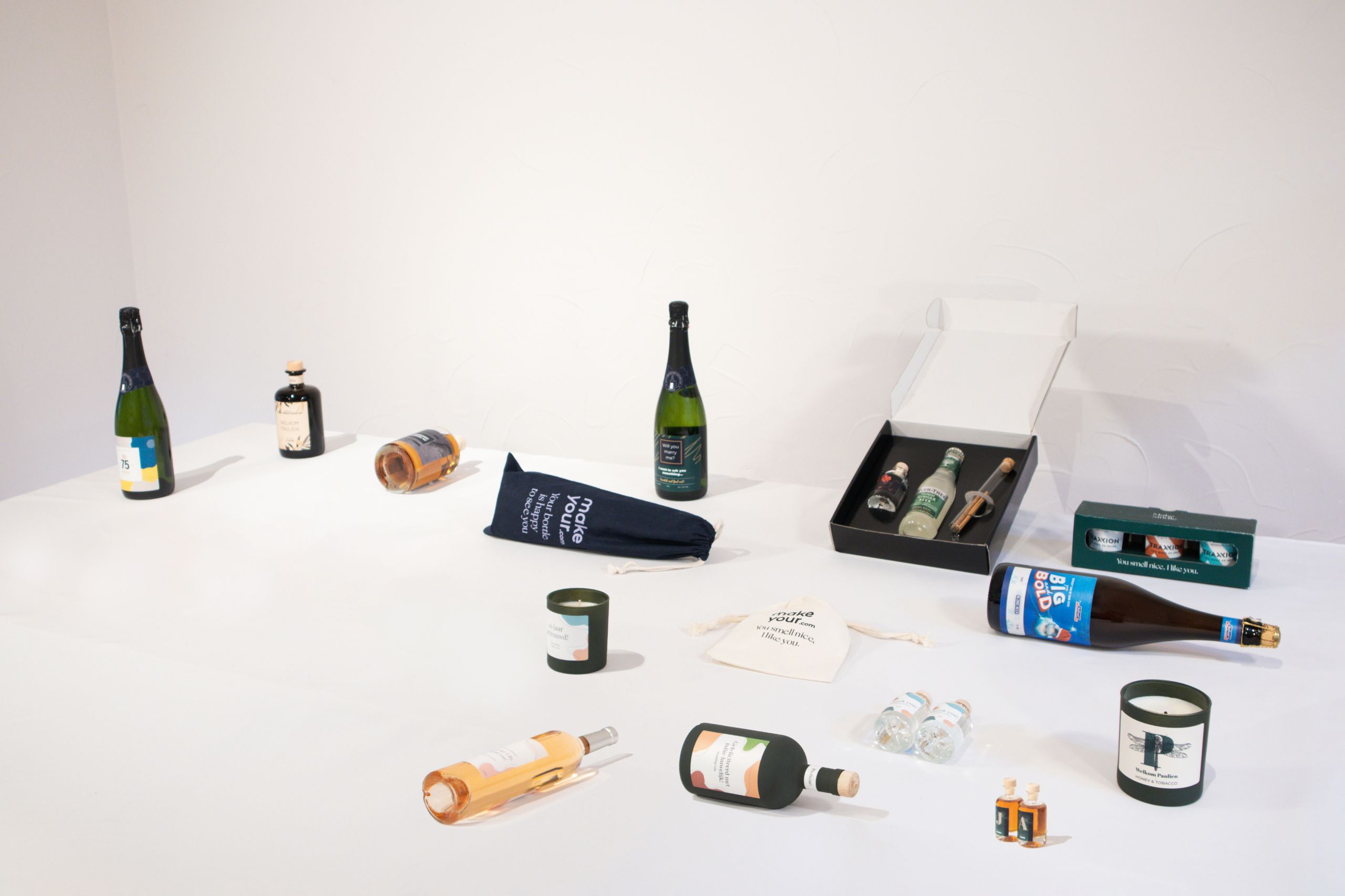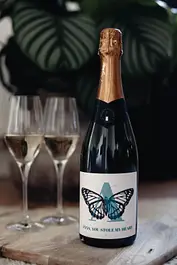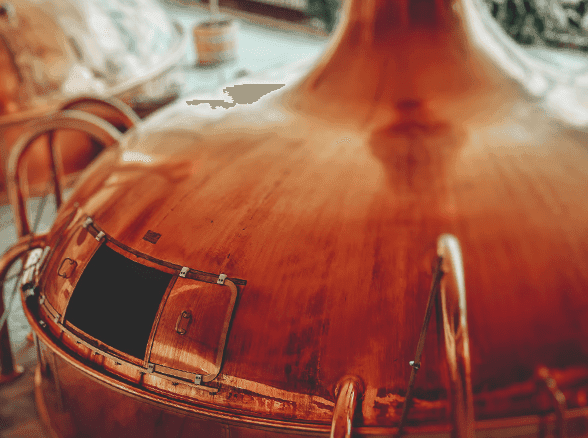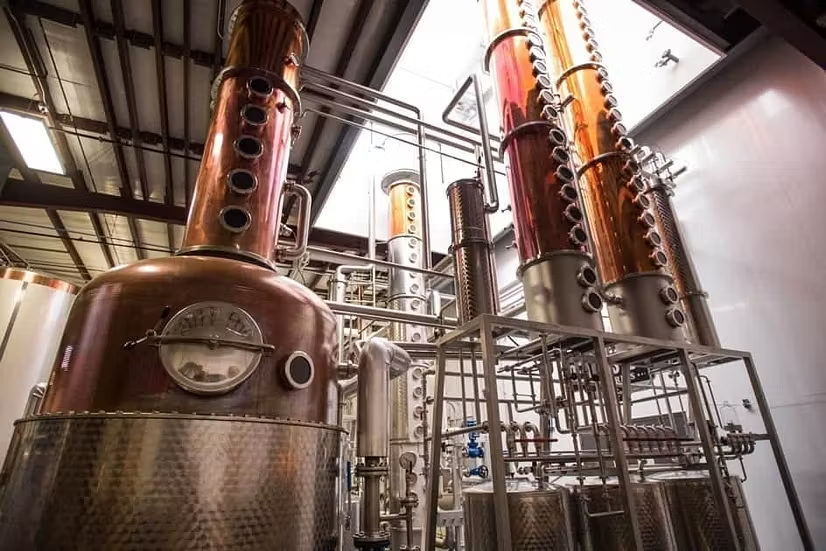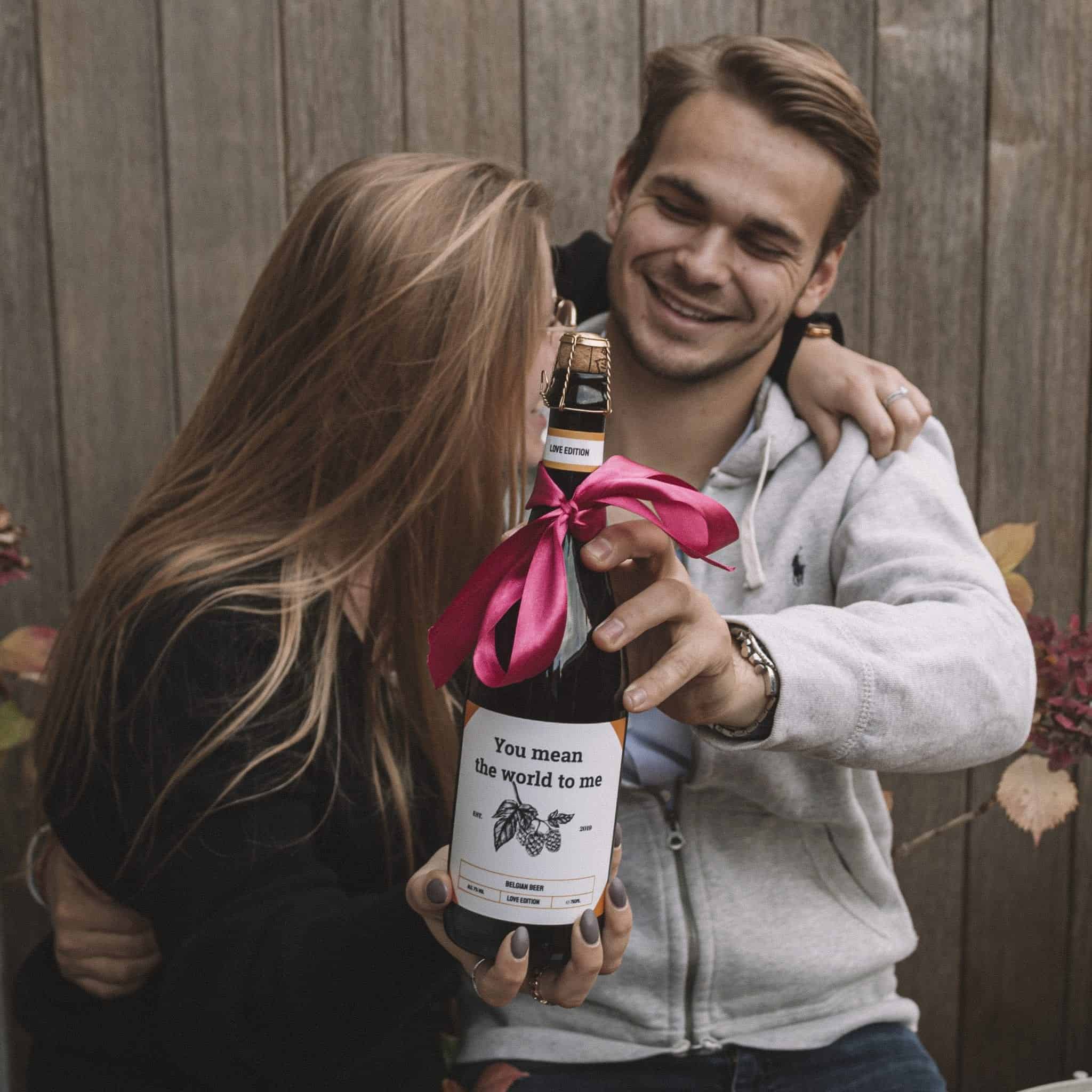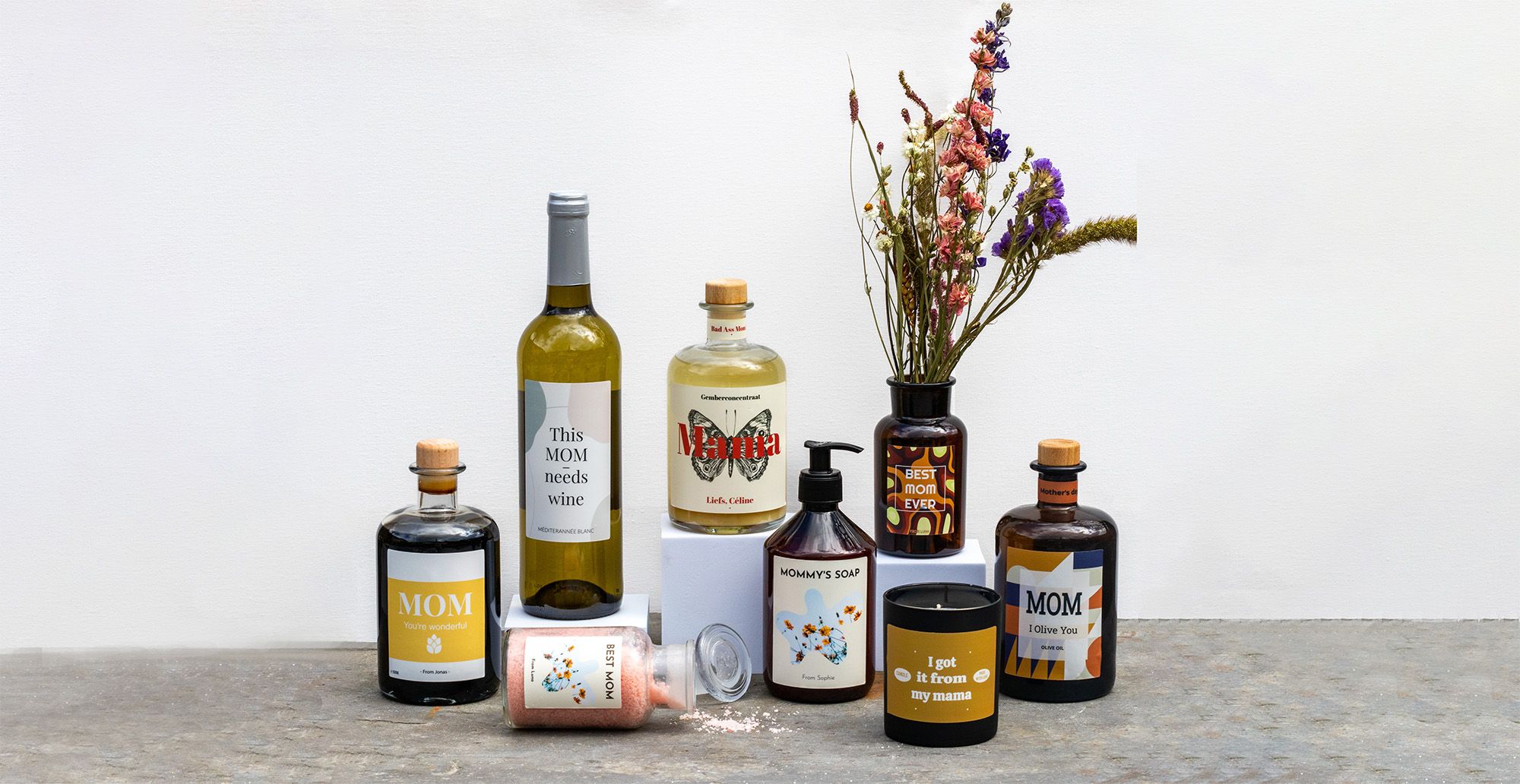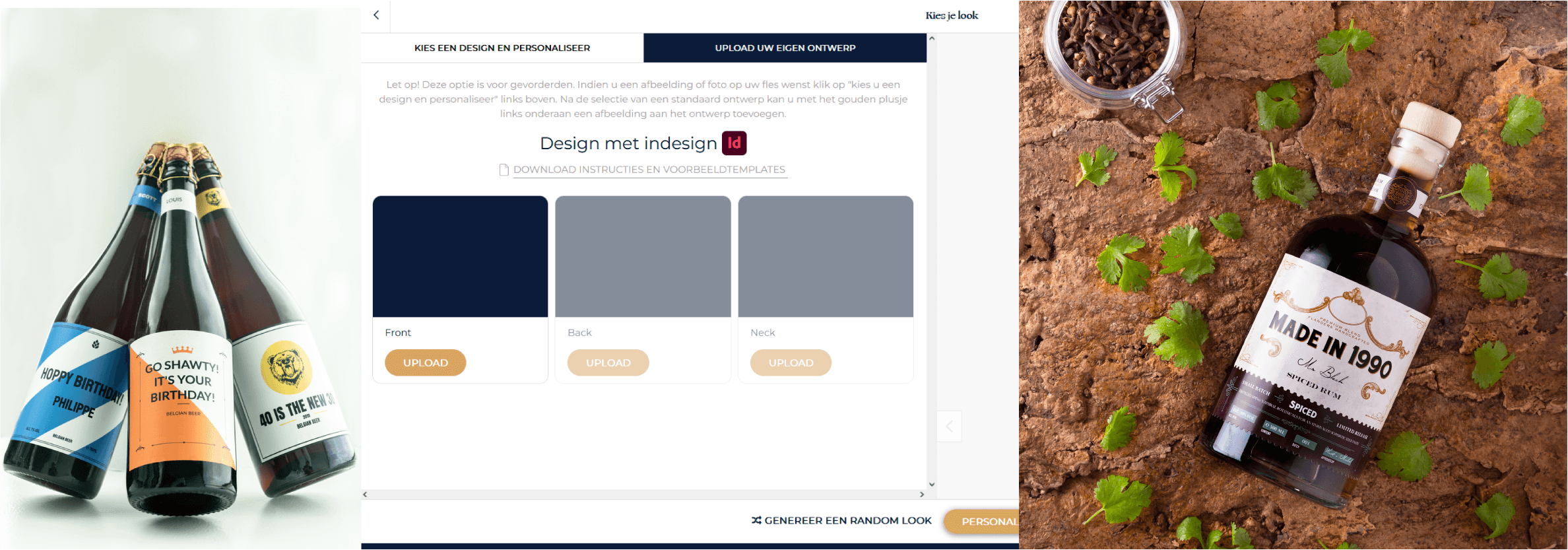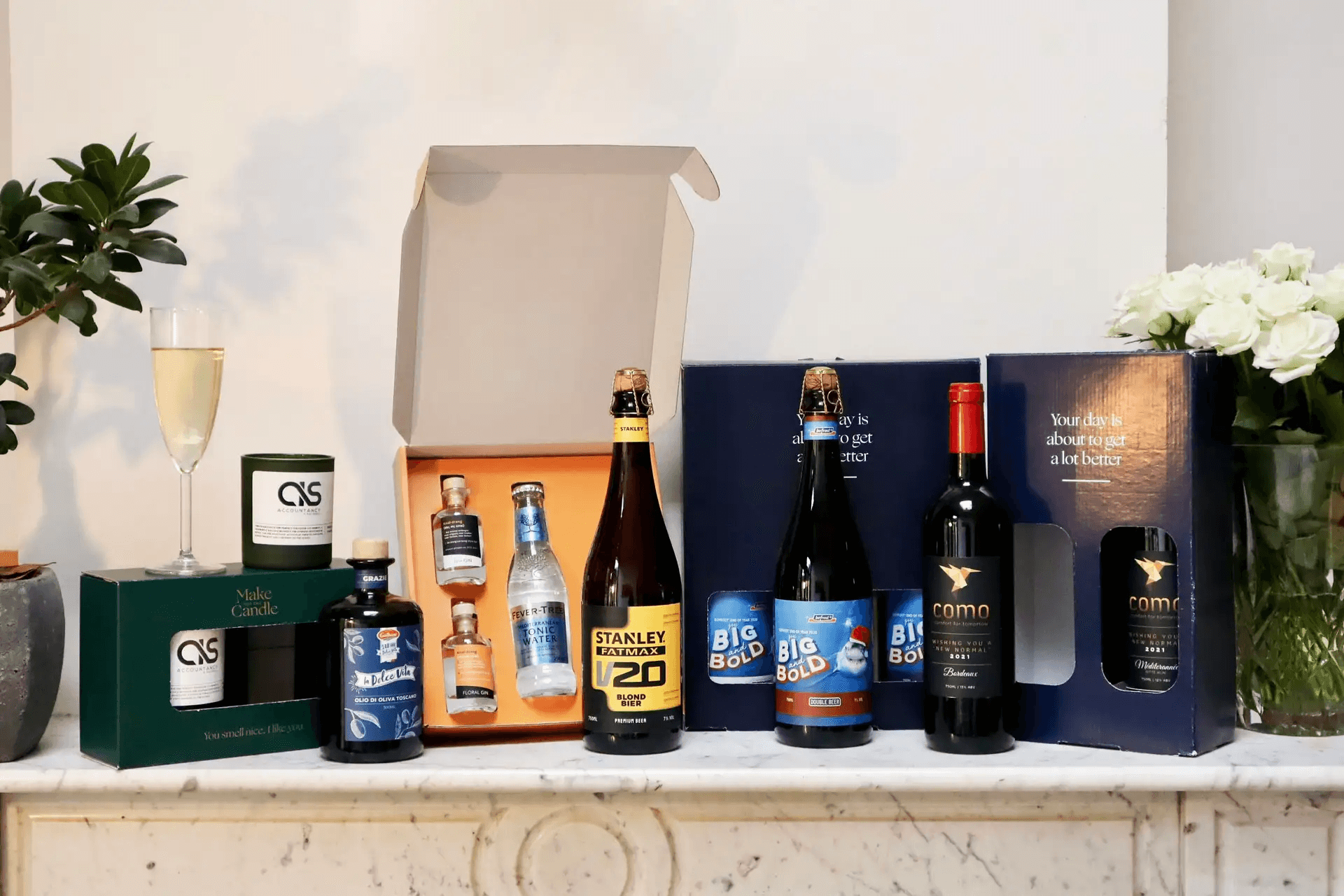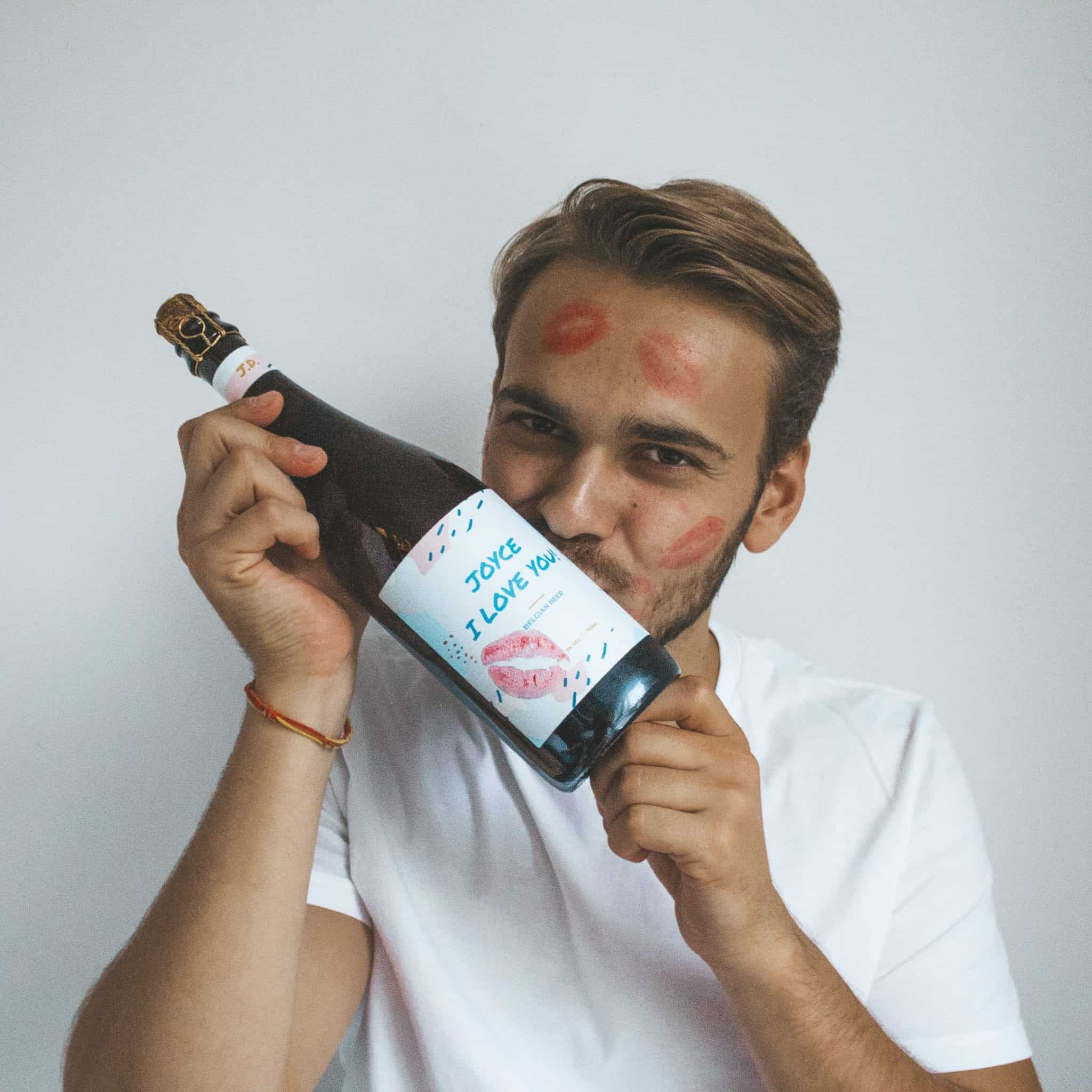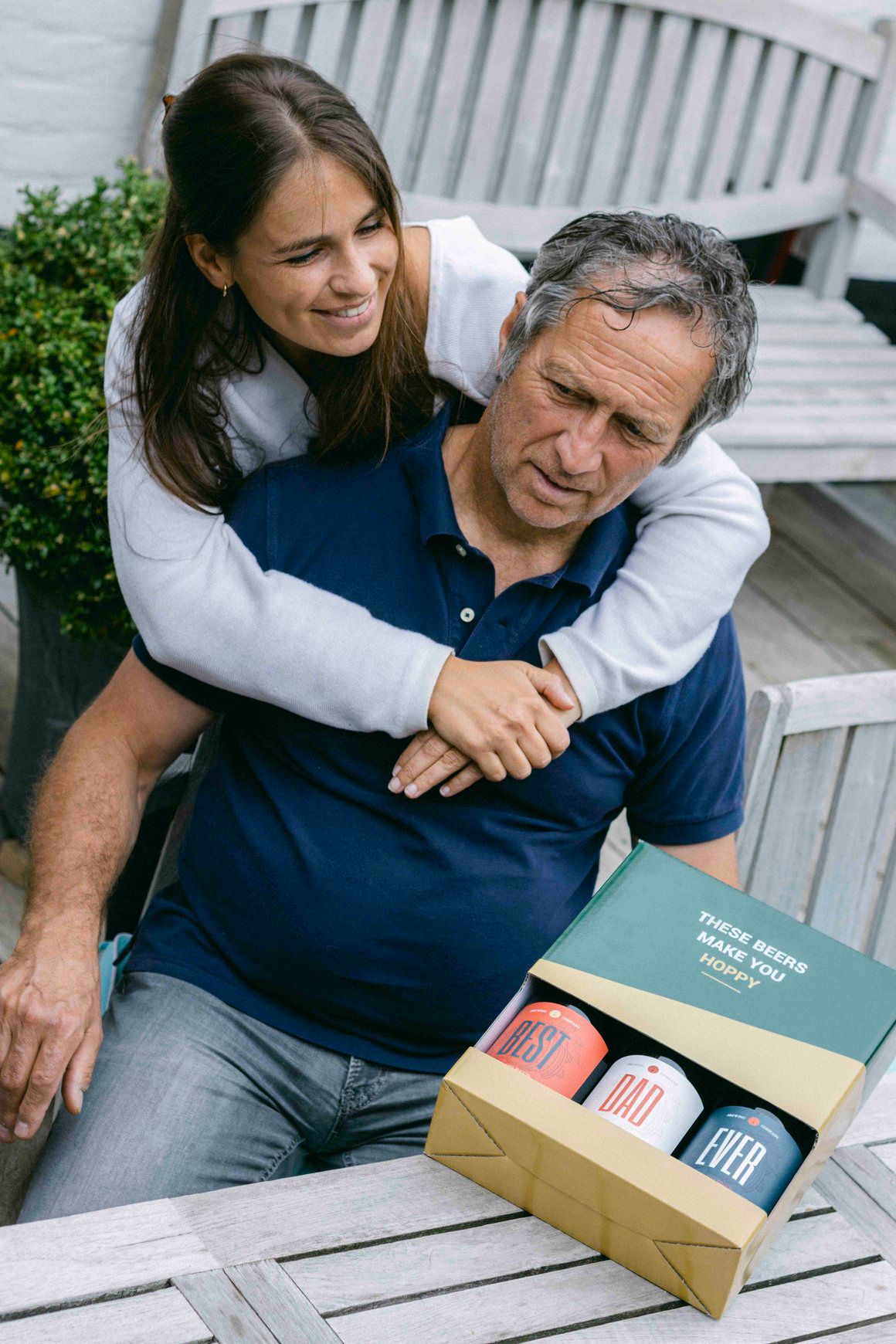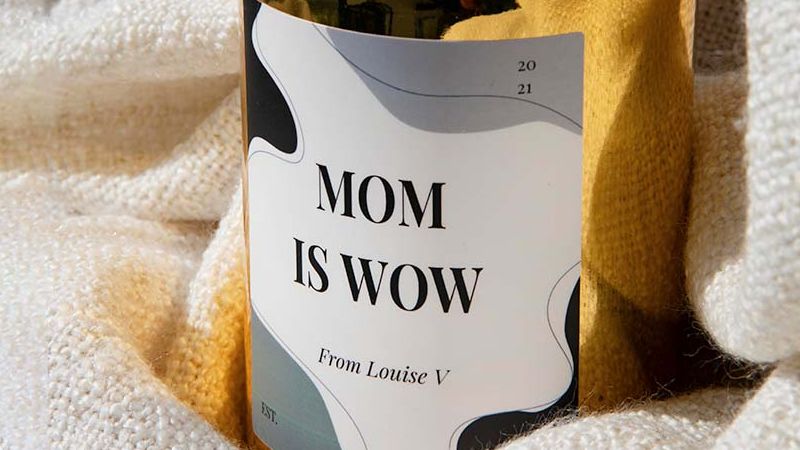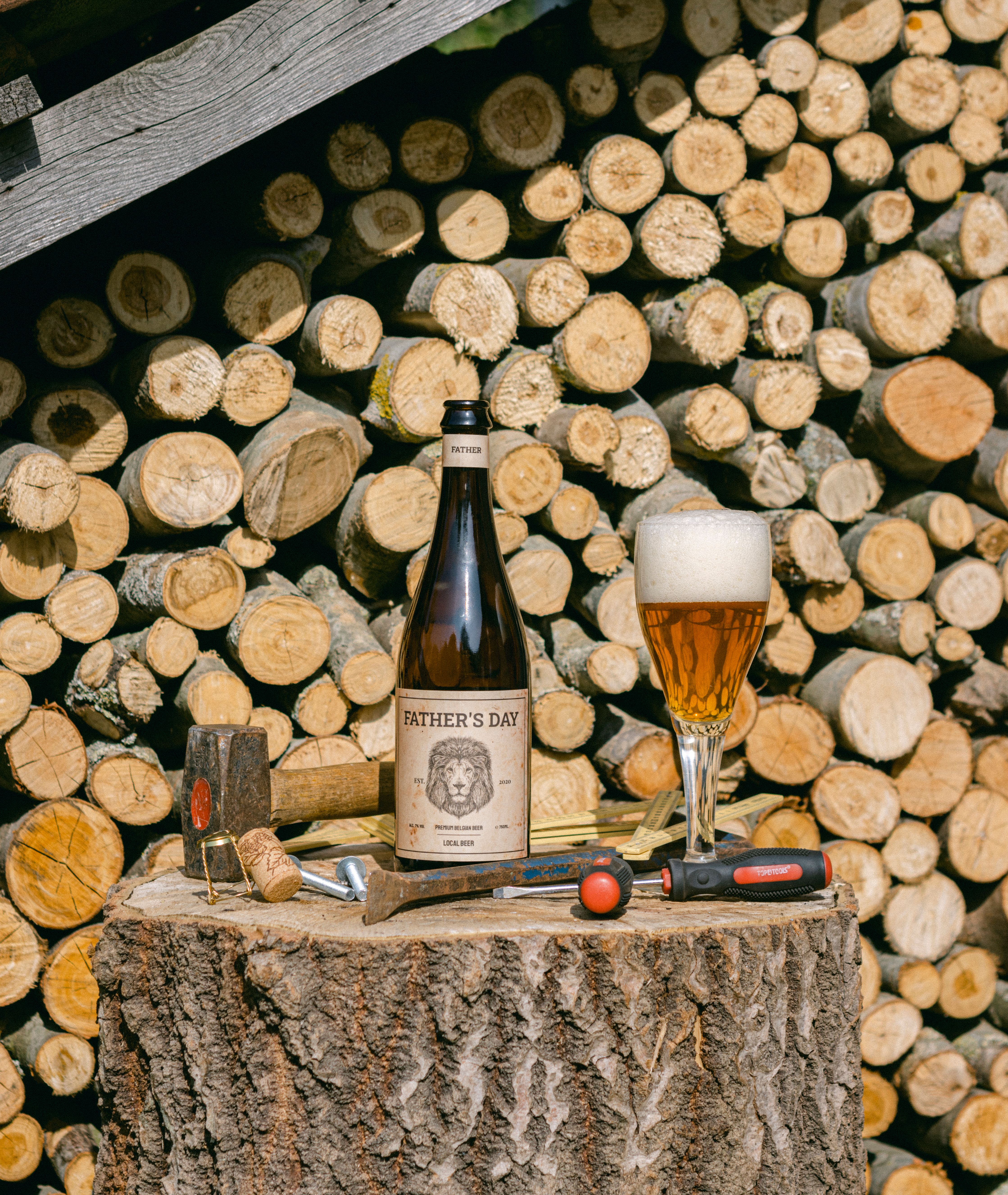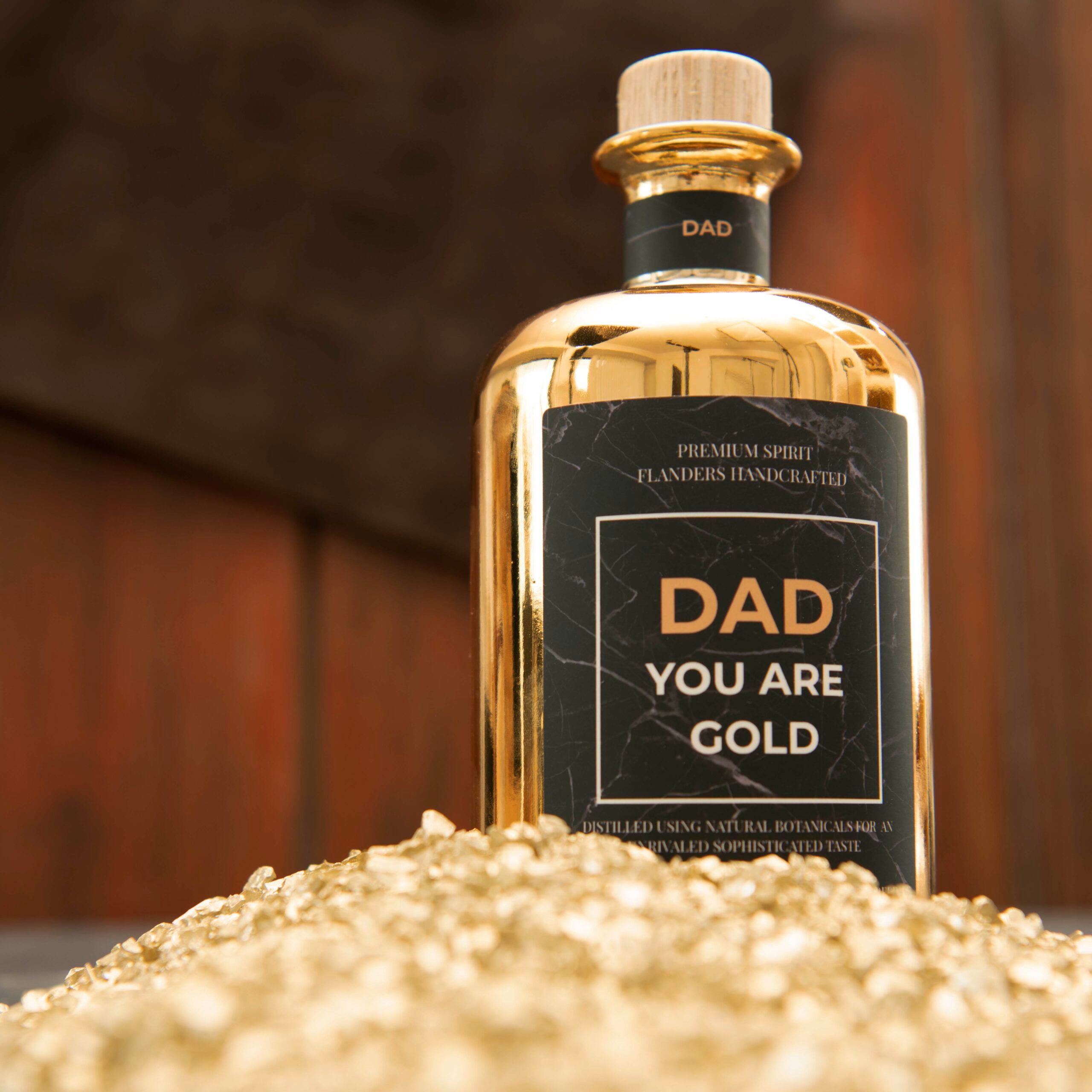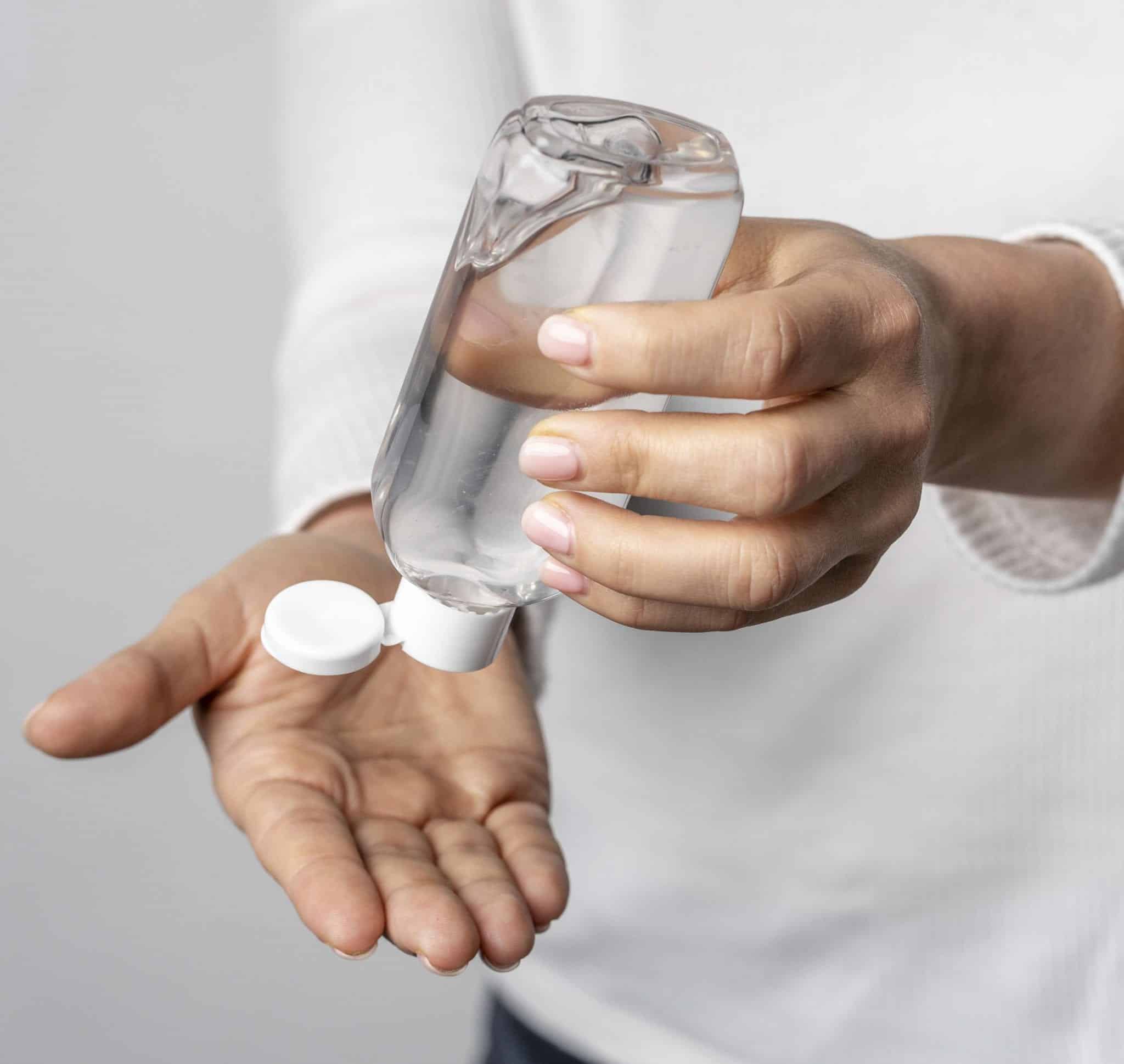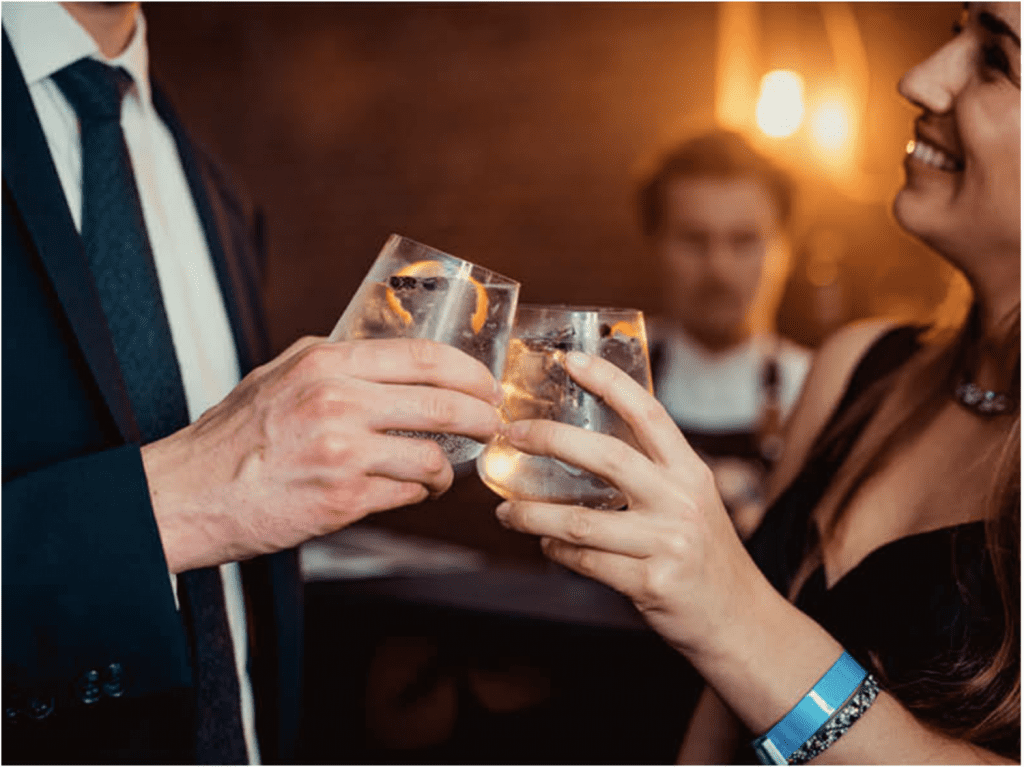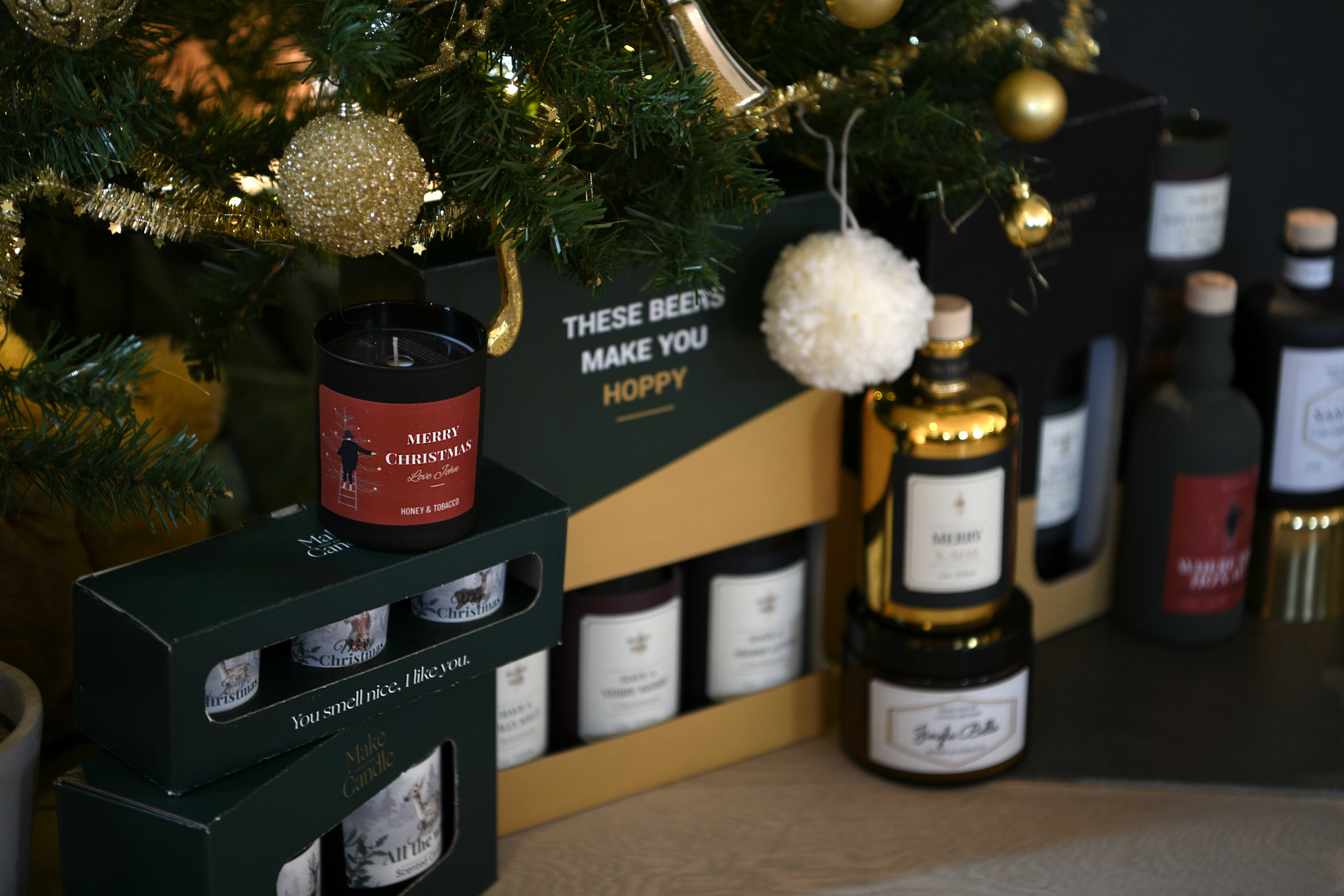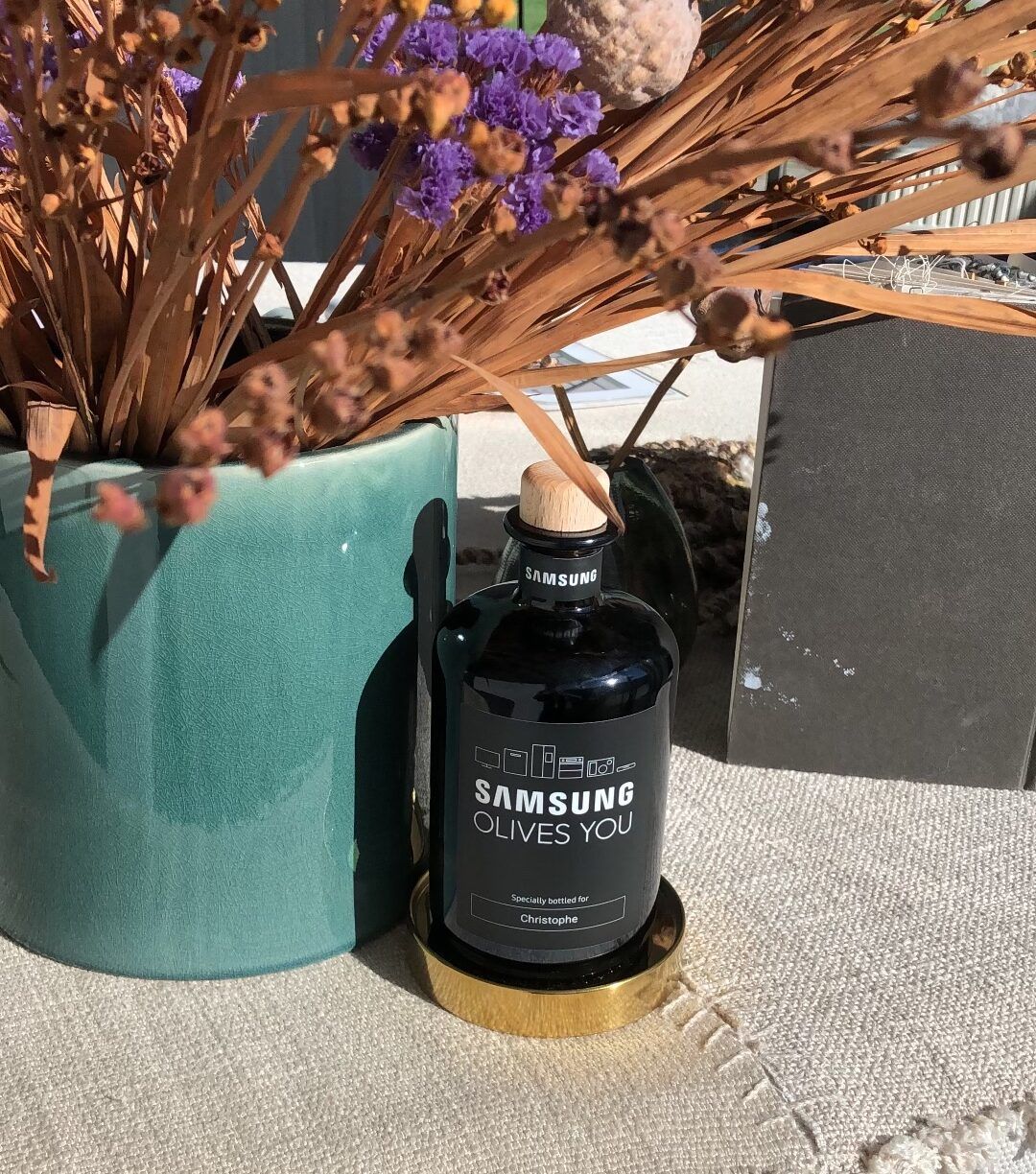
Charming facts about Champagne
Before you raise your glass on World Champagne Day, let's uncork some fascinating facts about champagne. When you celebrate something with a personalised bottle of champagne from makeyour.com, you can be sure you have the real thing. But if you opt for a random bottle of sparkling wine from the supermarket, you may doubt that. This is because the term "champagne" is European protected and subject to strict production conditions. We go over with you what makes a real Champagne and give some fun facts.
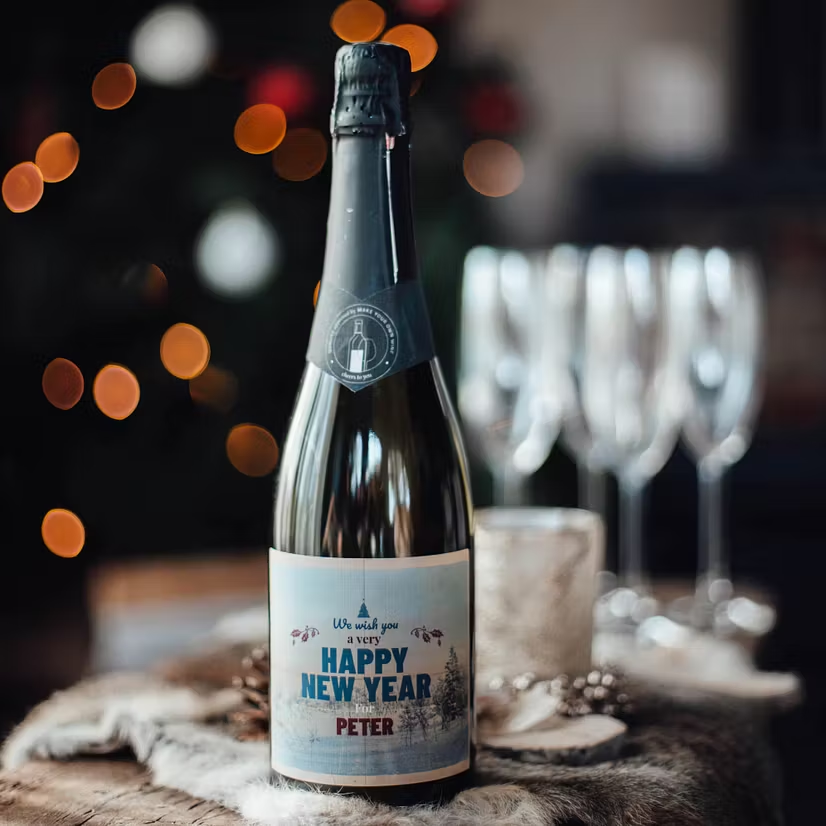

A little-known fact to start with is that many bottles exploded before the French cellar masters of the Middle Ages figured out how to get the distinctive bubbles into their wine. Find out in this blog how that came about.
At the end of this blog, you will learn about the traditional process of making champagne, including the creative aspect and the unique aspects of the méthode traditionelle. You will also learn about the special protection of the term "champagne", historical challenges and experiments, and how to add a personal touch with makeyour.com. Delve into the world of champagne and discover why this delicious drink is so special.
Real Champagne?
Real champagne meets two conditions: it is produced in the Champagne region of the same name in north-eastern France and according to the méthode traditionelle. The name "champagne" may not appear on the label of any other sparkling wine. That's how it is in the European Appellation d'Origine Protégée.
At the end of this blog, you will learn about the traditional process of making champagne, including the creative aspect and the unique aspects of the méthode traditionelle. You will also learn about the special protection of the term "champagne", historical challenges and experiments, and how to add a personal touch with Make Your Own Spirit. Delve into the world of champagne and discover why this delicious drink is so special.
Soviet champagne
To the protection of the term champagne, they square their feet in Latvia and Russia. After all, Latvian winemakers are of the opinion that the French government would have granted Tsar Lev Golytsin unending permission to sell their varieties as Soviet champagne.
Vladimir Putin, in turn, signed a law last summer allowing any Russian sparkling wine to be called simply champagne. This is his way of supporting the Russian wine sector, which ironically is mainly based in Crimea. In doing so, he once again kicked against the shins of the Champagne Committee, the trade association representing the interests of champagne. They have long been pushing for the EU to have tighter controls on protection, and the Russian law unfortunately tends towards the opposite. Talk about a sparkly soap opera!
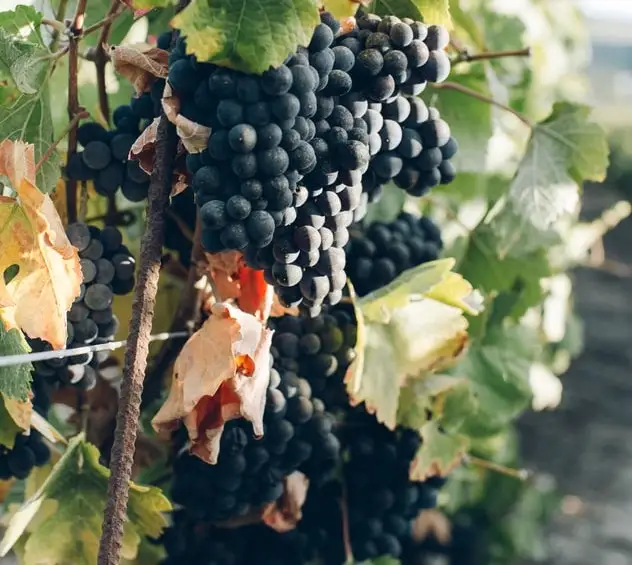
The traditional method of making champagne
OK, condition two then. The first step of the méthode traditionelle is the same as for any wine: making a basic blend of the grape varieties and vintage of your choice. In this, the champagne maker can be creative according to the flavour he has in mind. The winery that makeyour.com works with in the Côte de Bars, for example, chooses to use 100% blue grapes, pinot noir, from the 2018 vintage. Specific to the méthode traditionelle is that fermentation takes place in the bottle, releasing carbon dioxide and giving the wine bubbles. To start that process, the winemaker adds extra yeast and cane sugar dissolved in wine to the bottle after bottling and seals it with a crown cap.
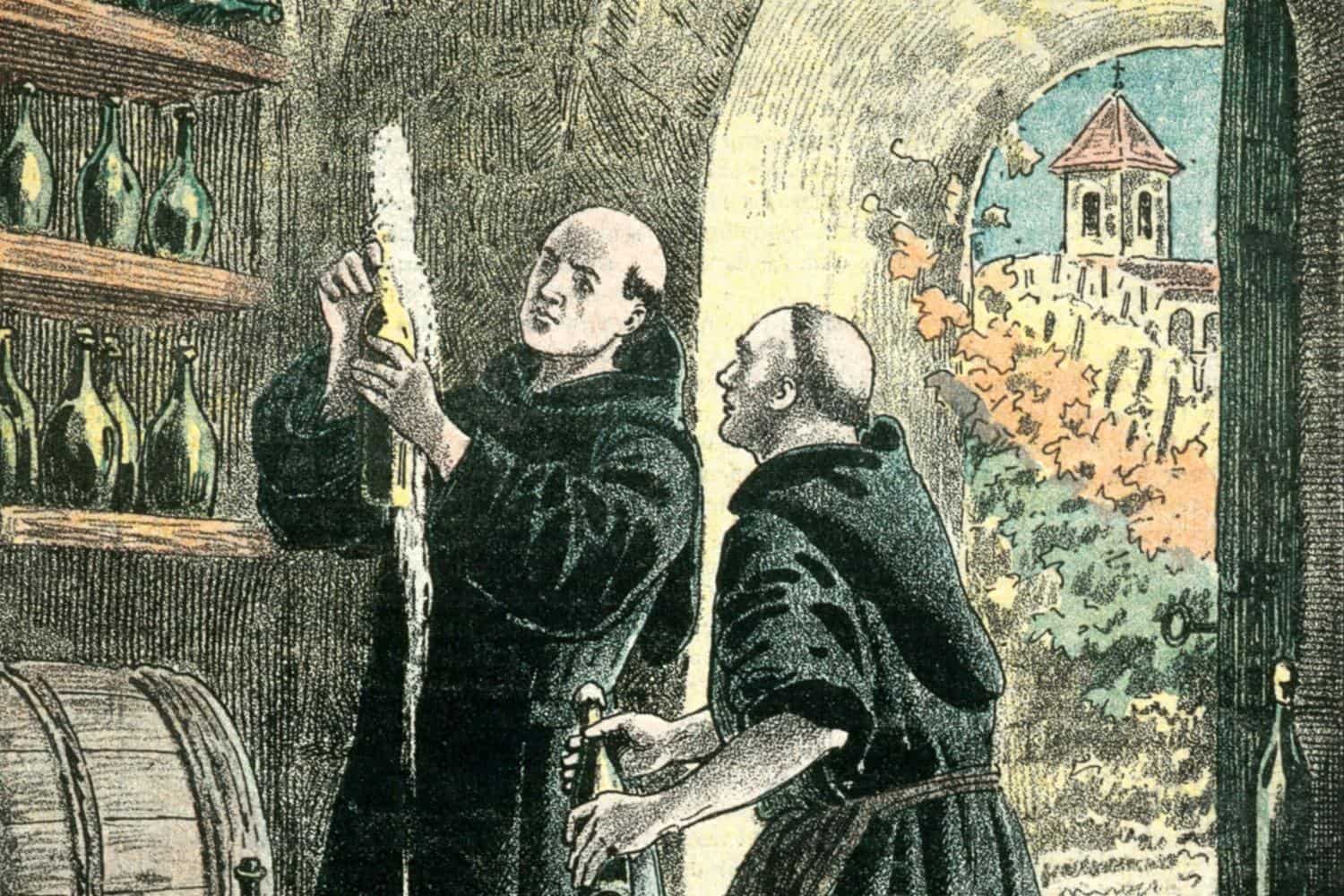
Why with a crown cap?
At this stage of the method, the cork comes under considerable pressure during the all-important second fermentation in the bottle. The very earliest attempts to make champagne fizzy went explosively wrong in the 15th century. The bottles exploded in the cellar under the pressure of the carbon dioxide. The primal father of champagne, the monk Dom Pérignon, was the first to control the process. However, his secret was lost. Only cellar masters were allowed to know his method and passed it on to their successors only at a late age. When one died unexpectedly, he had not yet had the chance to inaugurate his successor. Therefore, subsequent generations had to be creative to get around the explosion hazard, which is what today's champagne brewers do with a crown cap.
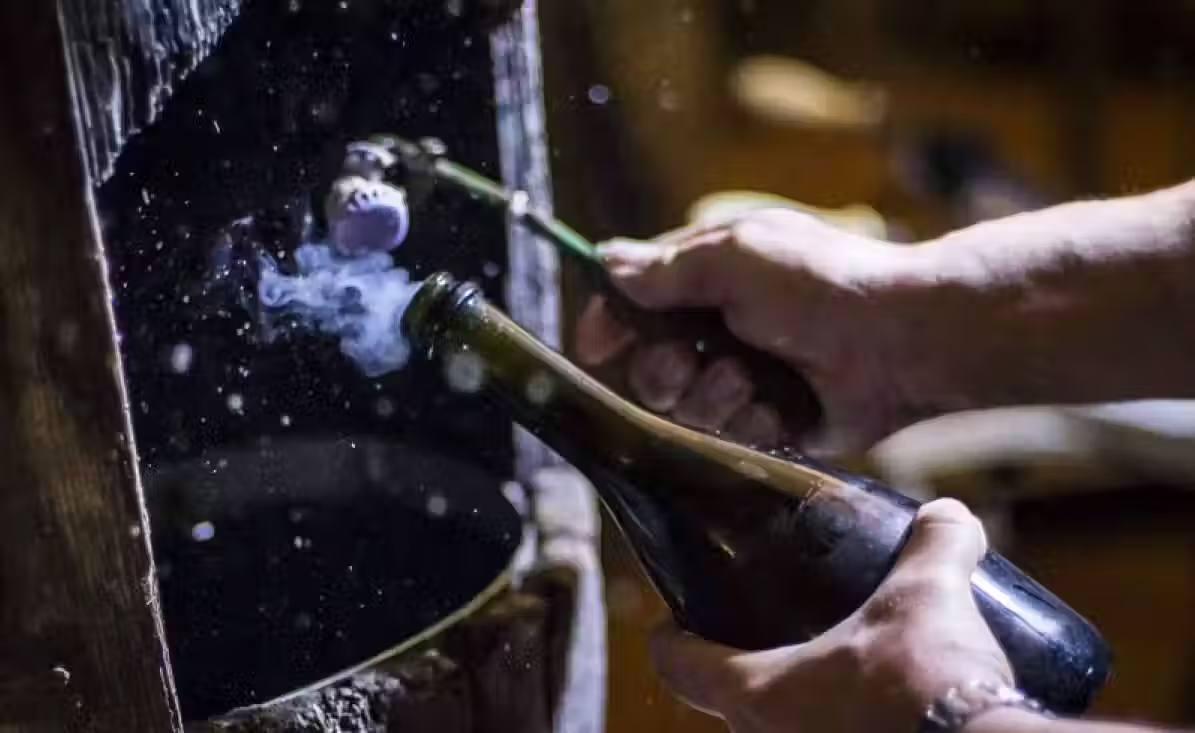
Turning and then spectacle
After the statutory 60-day period in a cool cellar, the winemaker places the bottles with the neck facing downwards in specially made racks for at least 13 months. At set intervals, he turns the bottles a quarter turn to allow the sediment to optimally form and sink into the bottle neck. In technical terms, this turning is called remuage.
After the remuage, something spectacular happens. The bottle neck full of sediment is frozen and the crown cap is allowed to come off. The yeast clot flops out of the bottle under pressure from the carbon dioxide, which the French call the dégorgement . In the process, a small amount of wine escapes from the bottle, so the winemaker refills it with sugar wine, according to the sweetness he has in mind
That refill mix is called the liqueur d'expédition and is again a recipe peculiar to the house. makeyour's winemaker opts for a refill with less than 12 grams of sugar per litre. Hence the insert 'brut'. From a higher amount, it would have been sec. Once refilled, the final cork goes on the bottle, as does the casing made of iron wire, or muselet. During the final ageing period, the winemaker must ensure that no third fermentation takes place.
Natural bubbles
Because of that long process, real champagne is a penny more expensive. On the other hand, however, the bubbles are purely natural and, for example, more delicately pungent than in soft drinks. The flavour quality and aromas that champagne releases are also more powerful than in imitations. Or as our winemaker always puts it, "Our region is to champagne what pinot noir is to Burgundy: greedy, fruity and with character." You will certainly taste that in his winery's Champagne Brut Pinot Noir. The aroma exudes a very powerful breath of fresh fruitiness. The bubbles are tangy and you mainly taste red and yellow fruit. Finally, the texture is rather smooth, making it a gourmet pleasure wine. Perfect as an aperitif or with red meat.
The unique process of making champagne, its natural bubbles and powerful aromas make it a high-quality choice. Add a personal touch with a personalised bottle from makeyour.com.
Bubbles with personality
Few can say that they have stood on such a bottle of authentic, all-regulated champagne. Your friends, husband, best man, godfather or anyone else you do a favour with bubbly can get that honour. Via makeyour.com's online design tool, you pour the label in the shape that suits the person in question.
May be of interest to you
Why choose makeyour.com?
With more than 100,000 satisfied customers, we are known for unique gifts for unique gift moments
At makeyour.com you can personalise your gifts
